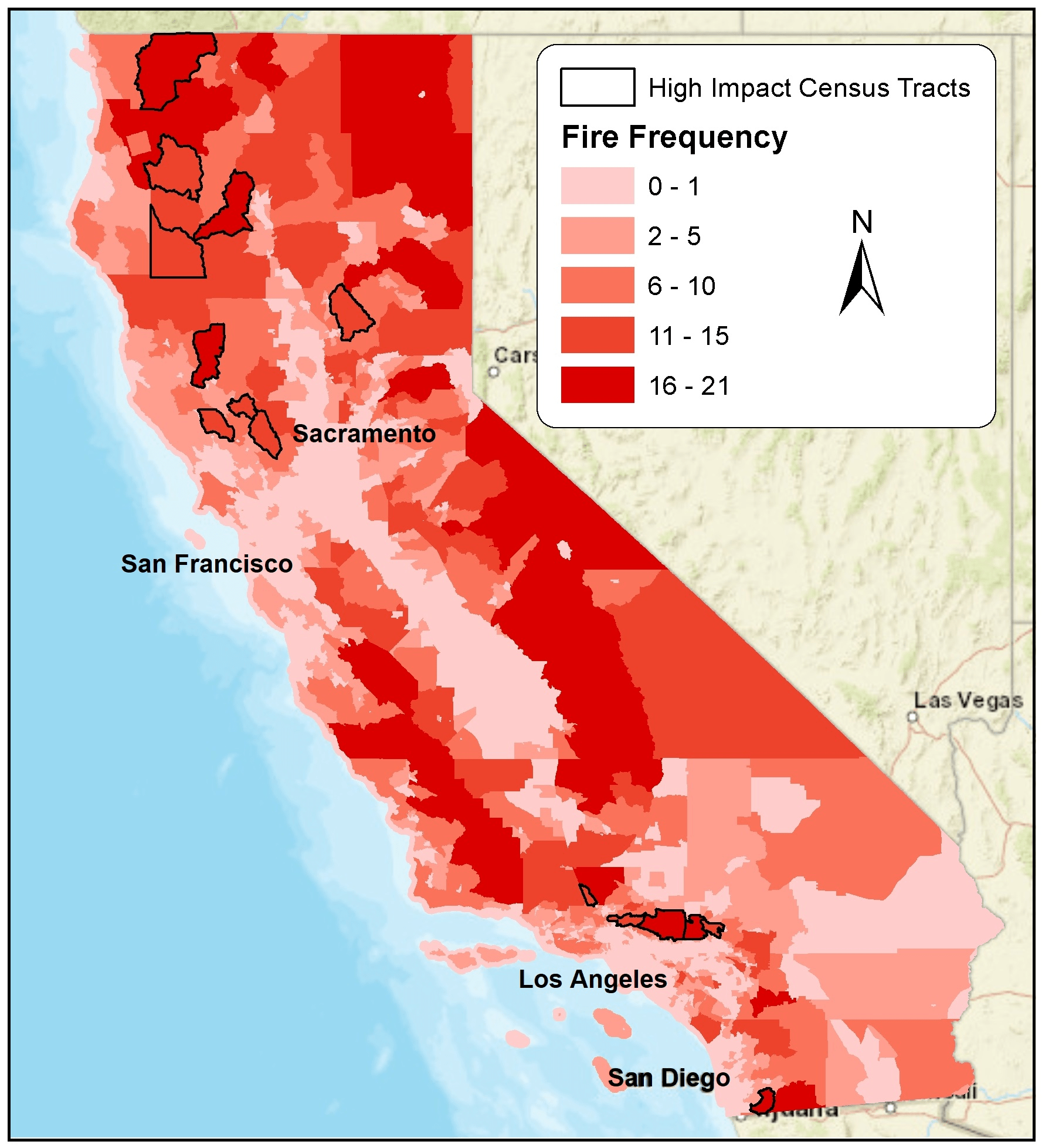Study finds links between genetic, postal codes in kids' health, behavior and social outcomes
UCI co-leads first-of-its-kind research on effect of genes, geography on children’s lives

Irvine, Calif., April 8, 2019 — Both genetic codes and postal codes influence children’s physical and mental health and behavioral and social outcomes, according to a new study led by Candice Odgers, University of California, Irvine professor of psychological science, and Dan Belsky, assistant professor of epidemiology at Columbia University’s Mailman School of Public Health.
The researchers found that children growing up in disadvantaged neighborhoods carried a higher genetic risk for poor educational attainment and earlier childbearing – but not for obesity or mental health problems – than did their peers in more affluent neighborhoods.
Most children’s genetic and postal codes are derived from their parents. But if genetic factors influence where families are able to live and children’s health and educational success, neighborhood interventions may not be enough to improve outcomes.
The study, published in Nature Human Behaviour, is one of the first to test links between children’s genetic and neighborhood risk. The team analyzed the genomic, geographic, health and educational data of thousands of children born in Britain in the mid-1990s.
They discovered that genetic and postal codes both predicted youths’ future physical and mental health. Children living in worse-off neighborhoods were more likely to be obese by age 18 and also more likely to experience symptoms of mental disorders, but there was little evidence this link was due to genetic risk. In contrast, the researchers found that children growing up in worse-off neighborhoods did carry a higher genetic risk for poor educational outcomes and earlier childbearing.
They replicated these results via a study of U.S. adolescents begun in 1994, from which they learned that gene-neighborhood linkages may accumulate across generations as young people with higher genetic risk for poor educational attainment and younger age at first birth were both born in and more likely to subsequently move into worse-off neighborhoods.
Odgers cautioned that “even when a link was found, genetic risk was not enough to explain why children in worse-off neighborhoods were less likely to receive educational qualifications. Genetic risk accounted for only a small fraction (10 to 15 percent) of the association between neighborhood risk and children’s outcomes.”
Belsky added that future work is needed as “the polygenic risk scores used in this study are still an evolving and imperfect tool. They can help us test whether genes and neighborhoods are related, but they cannot tell us how.”
The research team analyzed data from two sources: the Environmental Risk Longitudinal Twin Study, which followed 2,232 twins born in England and Wales in 1994-1995 into young adulthood; and the National Longitudinal Study of Adolescent to Adult Health, which followed 15,000 American secondary school students into adulthood.
Neighborhoods were captured using Google Street View and high-resolution geospatial data, and genetic risk was measured using “polygenic scoring” methods that combine genomewide markers of obesity, schizophrenia, age at first birth and educational attainment.
“Advances in both genomics and geospatial analyses are creating opportunities for new discoveries related to child health,” Odgers said. “In this study, these advances allowed us to identify outcomes, like obesity, where genetic risk is unlikely to explain the clustering of health problems by neighborhoods.”
Because genetic risk accounted for just a small portion of the differences between children living in divergent neighborhoods, she added, provides even more reason to hope that “targeting neighborhoods – especially for physical and mental health – may be enough to improve children’s life outcomes.”
A complete list of contributing authors and funding agencies for this study can be found online.
About the University of California, Irvine: Founded in 1965, UCI is the youngest member of the prestigious Association of American Universities. The campus has produced three Nobel laureates and is known for its academic achievement, premier research, innovation and anteater mascot. Led by Chancellor Howard Gillman, UCI has more than 36,000 students and offers 222 degree programs. It’s located in one of the world’s safest and most economically vibrant communities and is Orange County’s second-largest employer, contributing $5 billion annually to the local economy. For more on UCI, visit www.uci.edu.
Media access: Radio programs/stations may, for a fee, use an on-campus ISDN line to interview UCI faculty and experts, subject to availability and university approval. For more UCI news, visit wp.communications.uci.edu. Additional resources for journalists may be found at communications.uci.edu/for-journalists.


